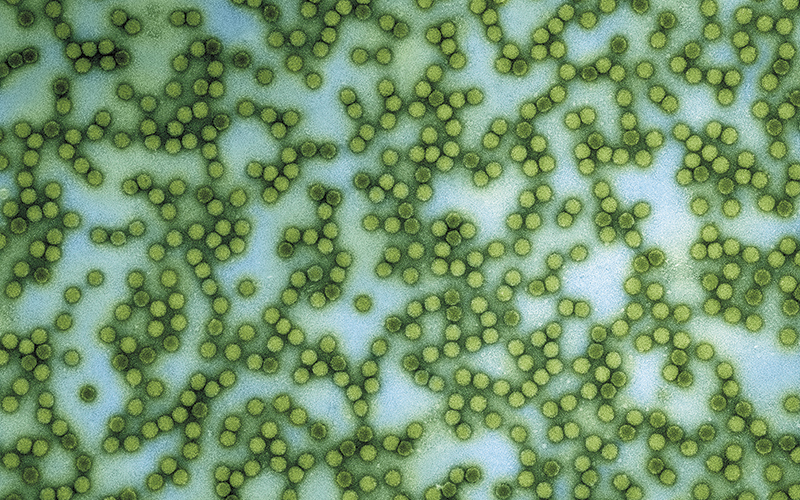Scientists from the University of Oxford have created a new method to 3D print laboratory-grown cells to form living structures.

This development has the potential to produce complex tissues and cartilage that could support or repair diseased or damaged parts of the body.
Previous 3D printing living tissue techniques have struggled with controlling cellular position, meaning supporting scaffolding collapse.
However, the Oxford team, led Dr Alexander Graham, printed cells that were encased within protective nanolitre droplets wrapped in a lipid coating.
They can be assembled one layer at a time into living structures, which increases the chances of survival.




